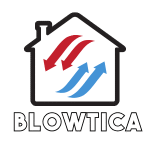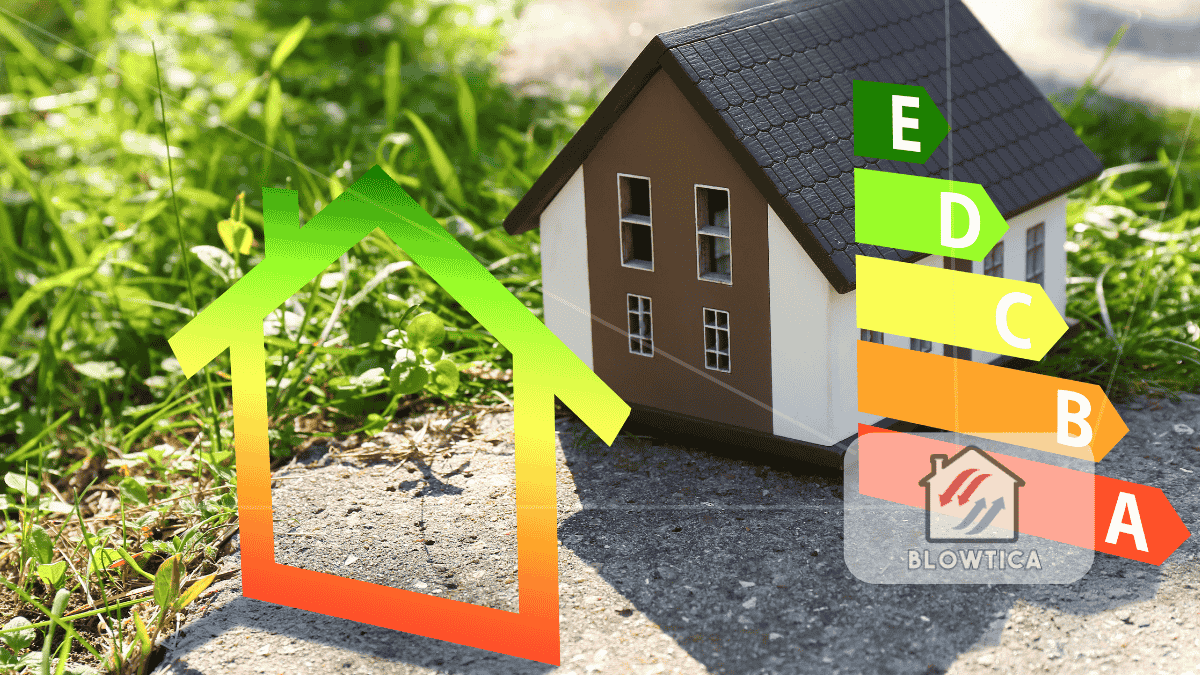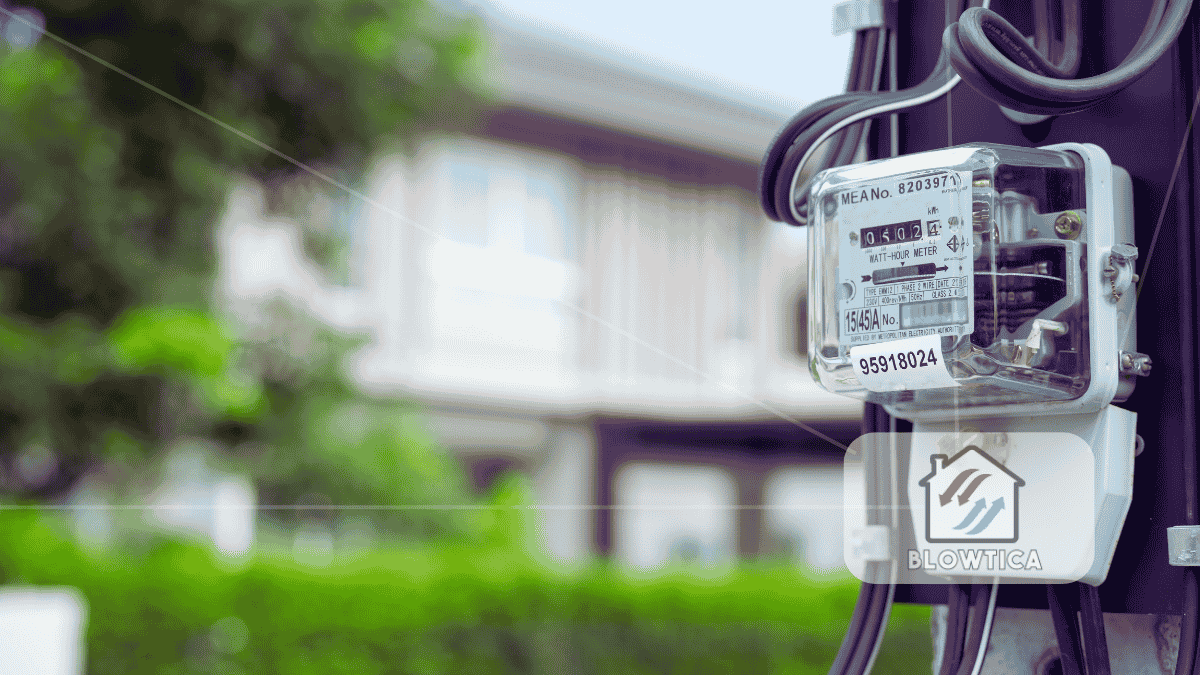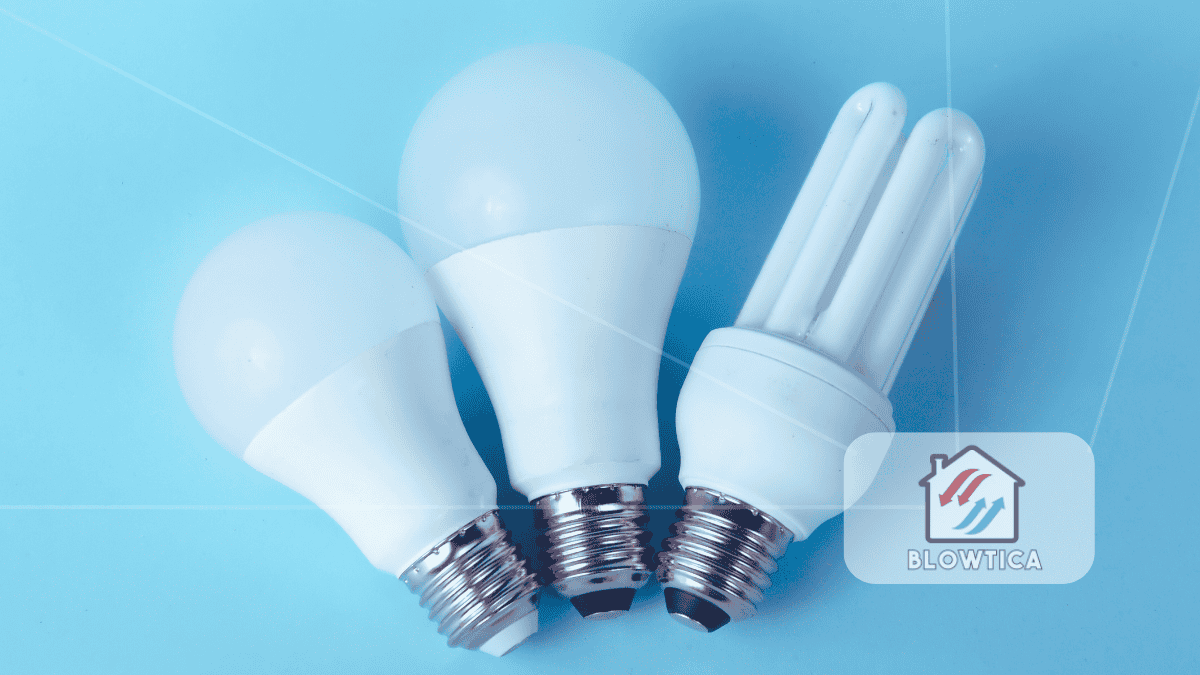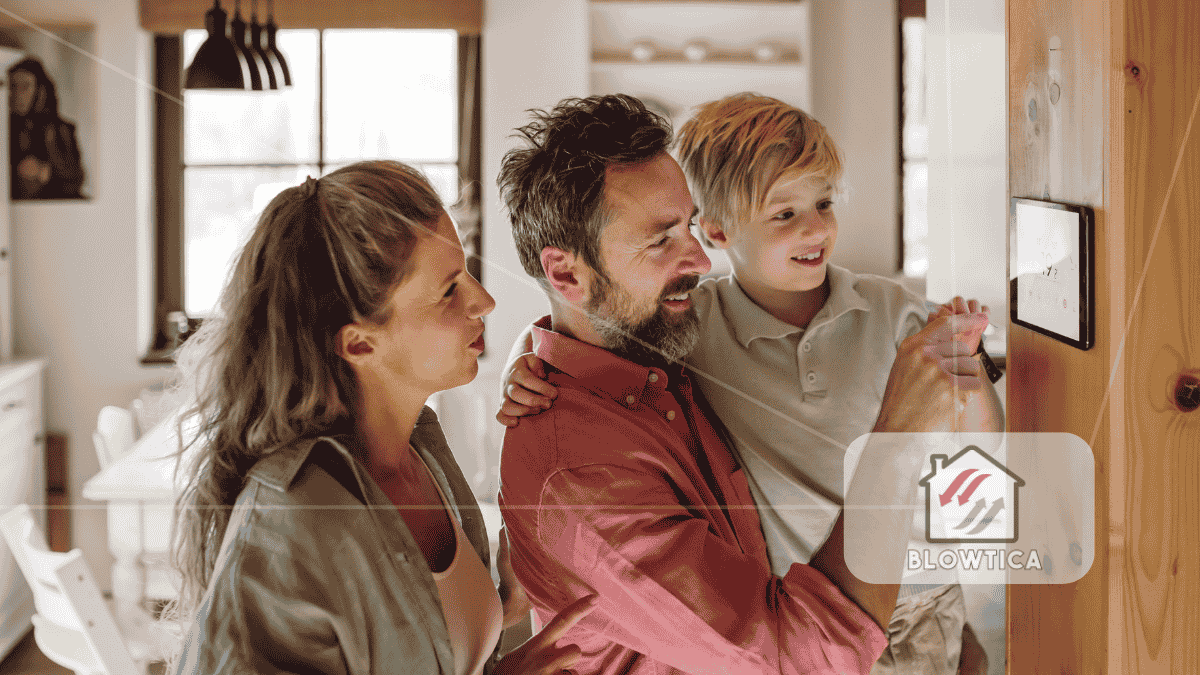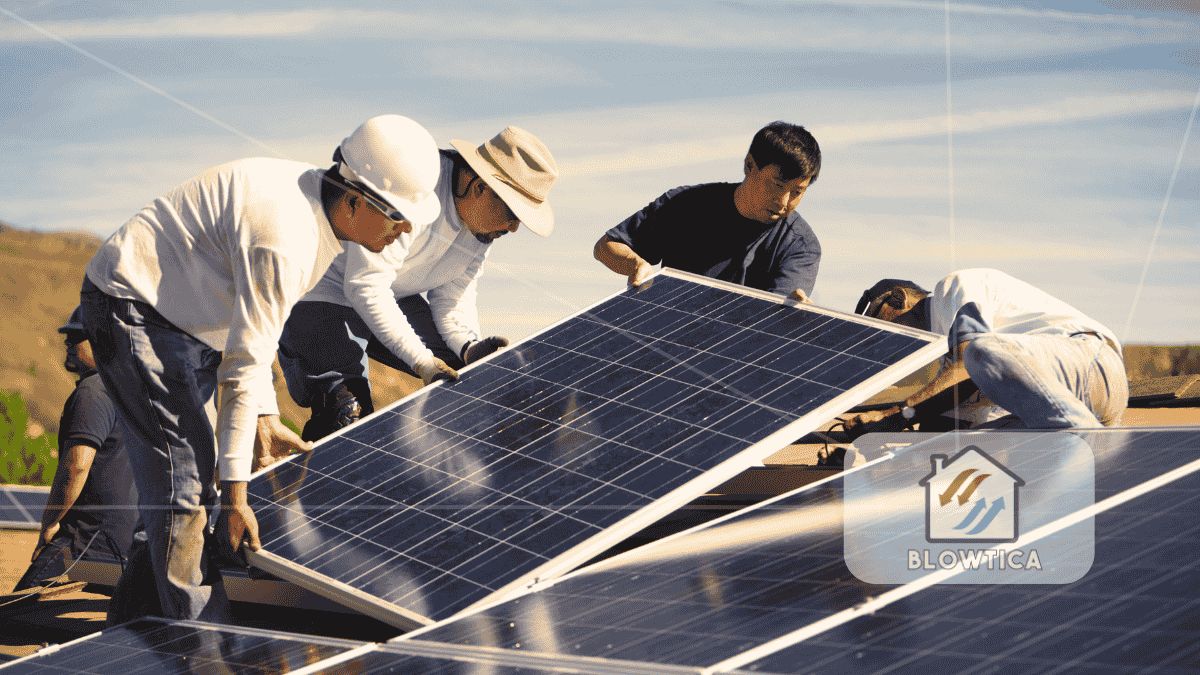
Thinking about going solar? You’re not alone. More homeowners are looking to cut electricity bills, boost property value, and gain control over energy usage. This solar panel guide provides a clear, no-nonsense breakdown designed for homeowners who want clarity, not confusion
Why Solar Makes Sense in 2025
Electricity prices are rising, energy grids are aging, and environmental consciousness is high. Solar isn’t just a “green” move, it’s a financial strategy. Here’s why thousands are switching:
- Incentives and rebates. Reduce upfront costs with tax credits and local programs.
- Boost property value. Homes with solar often sell faster and at premium prices.
- Less grid reliance. Keep the lights on during outages (especially with battery storage).
- Shrink your carbon footprint. A 5kW system offsets about 5 tons of CO₂ per year.
This solar panel guide walks you through every part of the process. From choosing equipment to avoiding common traps, it’s everything you need to make an informed decision.
How Solar Panels Actually Work
Here’s the quick version. Sunlight hits your panels, and they create electricity. But let’s break it down a bit more.
The Science in Simple Terms
- Photovoltaic (PV) cells in your panels absorb sunlight and generate direct current (DC).
- A solar inverter converts that into alternating current (AC), which powers your home.
- If you produce more than you use, that extra energy can be sent to the grid (if you’re grid-tied).
- Optionally, batteries can store excess power for nighttime or outages.
It’s clean, quiet, and incredibly efficient when done right.
How Much Solar Energy Can You Expect?
Your location plays a big role in solar performance. Here’s a rough idea of how many sun hours different areas get annually:
| Southwest (e.g., AZ, NV, CA) | 5.5 to 7 hours | Excellent |
| Southeast (e.g., FL, GA) | 4.5 to 6 hours | Very Good |
| Midwest (e.g., IL, OH) | 3.5 to 5 hours | Good |
| Northeast (e.g., NY, MA) | 3 to 4.5 hours | Fair |
| Pacific Northwest (e.g., WA) | 2.5 to 4 hours | Moderate |
Even in cloudy or northern states, solar is still worth it. Modern panel efficiency and net metering help make it viable.
Solar Panel System Types Explained
1. Grid-Tied Systems
- Stay connected to the utility grid.
- Use solar when the sun’s out. Draw from the grid when it’s not.
- Eligible for net metering. You earn credits for sending excess power to the grid.
Best for: Most suburban homes with stable utility access.
2. Off-Grid Systems
- No connection to the power grid.
- Requires a large battery bank and possibly a backup generator.
Best for: Remote homes or cabins.
3. Hybrid Systems
- Connected to the grid and includes battery storage.
- Provide backup power during outages.
- More expensive but offers true energy independence.
Best for: Homeowners who want resilience and flexibility.
Choosing the Right Solar Panels
There are three major panel types on the market today:
| Monocrystalline | High | $$$ | 25 to 30 yrs | Sleek black |
| Polycrystalline | Medium | $$ | 20 to 25 yrs | Bluish hue |
| Thin-Film | Low | $ | 10 to 20 yrs | Lightweight |
For long-term performance and aesthetics, monocrystalline panels are the most popular among homeowners. They cost more upfront but offer better returns over time.
How Many Panels Do You Need?
This guide wouldn’t be complete without helping you size your system correctly.
Step-by-Step:
- Check your electricity bill. Find your average monthly usage in kWh.
- Multiply by 12. This gives your annual usage.
- Divide by production per panel. Each panel typically produces about 1,500 kWh per year.
Example:
Annual usage = 9,000 kWh
Each panel = 1,500 kWh/year
You’ll need at least 6 panels. Always round up and add a buffer for shading or system loss.
Installation: What Really Happens
A good installer will handle the technical stuff, but here’s what you should know.
The Process:
- Consultation and site survey
- System design and engineering
- Permitting and utility approval
- Panel installation (1 to 3 days)
- Inspection and grid connection
From the first phone call to turning the system on, expect the entire process to take 4 to 8 weeks, depending on permits and weather.
Solar Financing: Options Compared
1. Cash Purchase
- Highest upfront cost. Best return on investment.
- No monthly payments or interest.
2. Solar Loan
- Spread the cost over 5 to 20 years.
- Interest applies, but you own the system.
- Tax credit still applies.
3. Solar Lease or Power Purchase Agreement (PPA)
- Little or no upfront cost.
- The third party owns the system. You pay monthly for the power.
- No tax credit for you.
| Cash | High | Yes | Max | Yes |
| Loan | Low to Medium | Yes | High | Yes |
| Lease or PPA | Low to None | No | Moderate | No |
Smart tip: Always ask how long the payback period is and how much you’ll save over 25 years.
Integrating Solar with Smart Home Tech
In 2025, solar isn’t just panels on the roof. You can integrate it with:
- Smart thermostats (Nest, Ecobee)
- Home batteries (Tesla Powerwall, Enphase, LG Chem)
- EV chargers (ChargePoint, JuiceBox)
- Smart energy monitors (Sense, Emporia)
This level of integration helps you optimize energy use, track costs, and automate savings.
Maintenance and Warranties
Maintenance is minimal:
- Hose off dust a few times a year.
- Clear snow or leaves as needed.
- Schedule professional checkups every few years.
Warranties to look for:
- Panel performance. Usually 25 to 30 years.
- Equipment or product. 10 to 25 years.
- Installation or labor. 5 to 10 years.
Common Mistakes to Avoid
Even smart homeowners can get burned. Watch out for:
- Choosing price over quality. Cheap systems often cost more in the long run.
- Not understanding your utility’s net metering policy.
- Ignoring the roof condition. Panels last 25 years or more. Your roof should too.
- Skipping multiple quotes. Compare at least three providers.
FAQ: Quick Answers to Smart Homeowner Questions
Q: Do solar panels work during a blackout?
A: Not unless you have a battery or hybrid system. Grid-tied panels automatically shut off during outages for safety.
Q: How long do panels last?
A: Most last 25 to 30 years. Performance slowly decreases over time.
Q: Will solar increase my home value?
A: Yes. Homes with solar tend to sell faster and for more. The exact amount depends on your location.
Q: Is solar worth it in cloudy areas?
A: Yes. You may need a slightly larger system. Germany, one of the cloudiest countries in Europe, is a global solar leader.
Q: Can I take the system with me if I move?
A: Technically, yes. But it’s usually not cost-effective. Most buyers view solar as a value add.
Final Thoughts: Is Solar Right for You?
This solar panel guide was built to help you make a confident, informed decision. So, should you go solar?
Go for it if:
- You own your home.
- Your roof is in good condition and gets decent sun.
- You plan to stay for at least five years or more.
- Your utility rates are high or increasing.
- You’re looking for long-term savings and home value appreciation.
Solar isn’t just about the environment anymore. It’s about independence, savings, and future-proofing your home. And for smart homeowners, that’s exactly the kind of investment that pays off.
